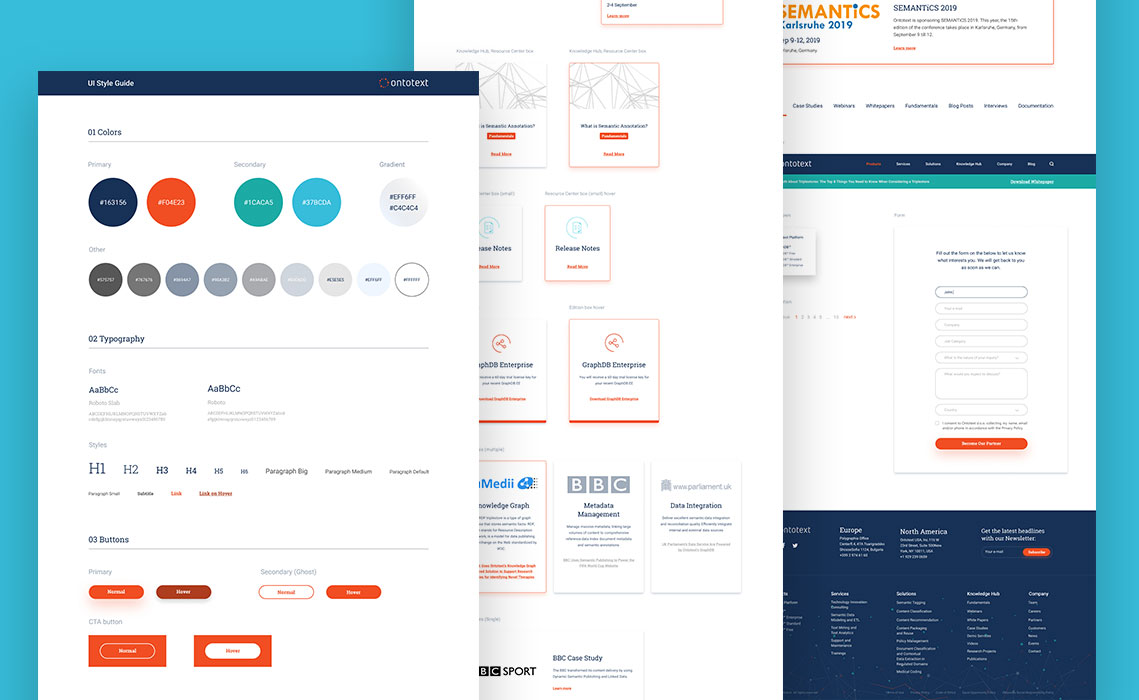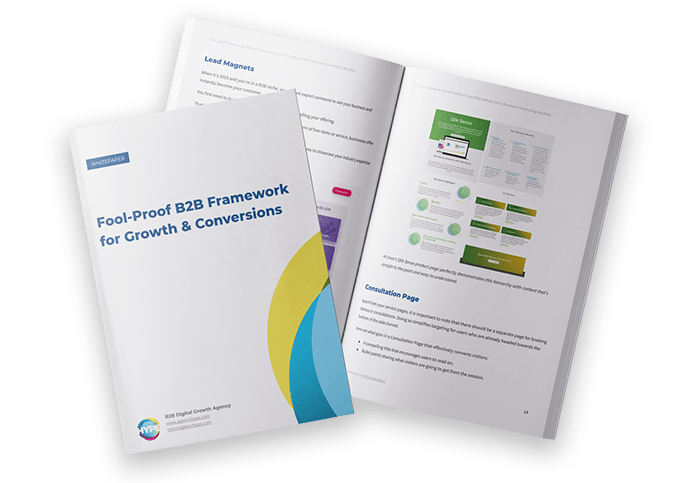You website’s homepage is the storefront of your business. If it doesn’t communicate what’s inside in an engaging and clear way, customers will most likely pass it by. We compiled a list of the most common things that are overlooked by businesses when creating their website’s homepage.
1. Not communicating your product value proposition effectively
“To gain several minutes of user attention, you must clearly communicate your value proposition within 10 seconds” ( NN Group)
This is a pretty short window, so you need to quickly help people understand what’s your product and why they should keep browsing your site. Make sure you have that short pitch visible in the top section of your homepage, so people can see it without having to scroll.
2. Not calling visitors to action
“70% of businesses don’t display clear calls to action for anything on their homepages” ( Small Business B2B Call to Action Study)
Your website exists to entice an action in visitors that pushes them to the next step in their evaluation. This is also known as Call to Action. Some of the most popular calls to action are related to trial download, contact form submission, demo signup, and purchase.
However, many fail to have a visible call to action on their homepages, which is the place on which the majority of their potential customers will land.
A simple thing like putting a contrasting button with your most important call to action on your homepage can significantly increase your chances of converting visitors into customers.
3. Not providing shortcuts to important information
Once on a company’s homepage, 86% of visitors want to see information about that company’s products/services. (Source: KoMarketing)
Visitors come to your website to complete certain set of tasks, like learn about the product benefits, see what customers you have, or check the pricing. The easier you make it for them to gather this information the higher your chances of convincing them to keep browsing your website. Putting links to such resources on your homepage can significantly shorten the amount of time a user needs to get to the information she is looking for.
Homepage head section elements – Value Proposition, Call to Action, Shortcuts
4. Not providing contact information
Once on a company’s homepage, 64% of visitors want to see the company’s contact information. (Source: KoMarketing)
Don’t expect visitors to browse your whole website in search for your company phone or email. Just because you know it is at the bottom of the About Us page, doesn’t mean they will know. Make sure it is visible at all times. A quick tweak like putting your contact info in the main navigation or in the footer can significantly improve the number of inbound inquiries you receive.
Footer section with contact information
Whether you are designing a website from scratch or want to improve the effectiveness of your current one, follow those simple tips and you will be one step closer to achieving your business goals.







